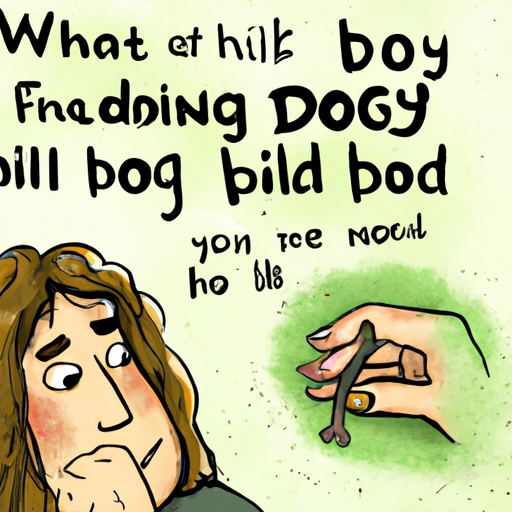In the life of every dog owner, there are bound to be some minor accidents and injuries. Among these, one of the most common is a broken nail. While it may seem like a minor issue, a broken nail can cause significant discomfort and pain for your beloved pet. This article will guide you through the process of dealing with a broken nail, including recognizing the symptoms, providing immediate first-aid, seeking professional help, and preventing future incidents.
Contents
- Recognizing a Broken Nail
- Immediate First-Aid Steps
- When to Seek Professional Help
- Preventive Measures
- Frequently Asked Questions
Key Takeaways
- Recognizing a broken nail in dogs involves observing their behavior and inspecting their paws.
- Immediate first-aid steps include cleaning the wound, applying a styptic powder, and bandaging the paw.
- Professional help should be sought if the bleeding doesn’t stop, if the dog is in extreme pain, or if the nail is severely broken.
- Prevention of broken nails involves regular nail trims and maintaining a healthy diet.
Recognizing a Broken Nail
The first step to addressing your dog’s broken nail is recognizing the problem. Your dog may exhibit a sudden change in behavior, such as limping, frequently licking their paw, or showing signs of discomfort or pain. Upon closer inspection, you may notice bleeding or swelling around the nail area. An obvious sign is if a part of the nail is missing or hanging loosely.
Immediate First-Aid Steps
Should you find your dog with a broken nail, immediate first-aid steps can be taken to alleviate pain and prevent infection.
-
Clean the wound. Using warm water and mild soap, gently clean the area to remove any dirt or debris. This will help prevent infection.
-
Apply a styptic powder. This is a substance that aids in stopping bleeding by contracting the blood vessels. Products like Kwik Stop are commonly used.
-
Bandage the paw. Using a clean bandage, wrap the paw securely but not too tightly. This will help protect the wound and keep it clean.
Keep in mind that these are temporary measures. For more detailed guidance on first-aid steps, check this article on One Top Dog.
When to Seek Professional Help
While some minor nail injuries can be managed at home, it’s essential to know when to seek the help of a professional. If your dog’s bleeding doesn’t stop within a few minutes despite applying styptic powder, it’s a clear sign to consult a vet. Similarly, if your dog is in extreme discomfort or pain, or if the nail is severely broken or torn, immediate professional help is needed. In such cases, the vet may need to remove the remaining part of the nail under anesthesia. For a better understanding of when to seek veterinary care, refer to this guide on One Top Dog.
Preventive Measures
Preventing broken nails in dogs primarily involves regular nail trims and maintaining a healthy diet. Long nails are more prone to breakage, so it’s essential to keep them trimmed. A good diet ensures that your dog has strong and healthy nails. Supplements such as Omega-3 fatty acids can also help improve nail health. For more tips on maintaining your dog’s nail health, check this article on One Top Dog.
Frequently Asked Questions
1. How long does it take for a dog’s nail to heal?
The healing time depends on the severity of the break. Minor injuries may heal within a week or two, while severe breaks may take several weeks to heal completely.
2. Can a broken nail cause an infection?
Yes, if not properly cleaned and cared for, a broken nail can lead to an infection.
3. Should I try to remove the broken nail myself?
It’s generally not recommended to remove the broken nail yourself. If the nail is severely damaged, it’s best to seek professional help.
In conclusion, while a broken nail can be distressing for both you and your dog, with the right knowledge and care, it can be effectively managed. Remember, regular nail care and a balanced diet can go a long way in preventing such incidents.



